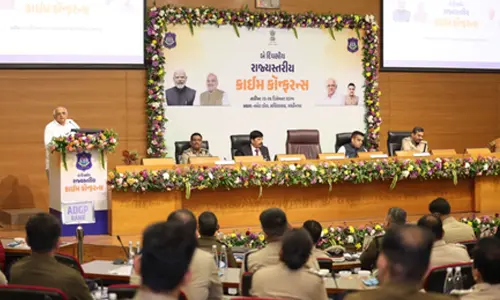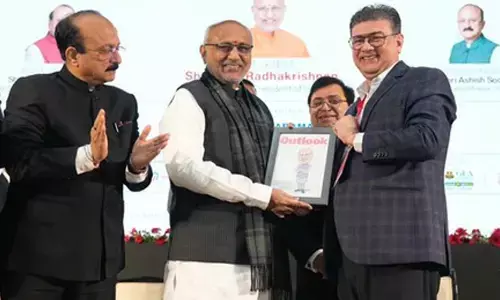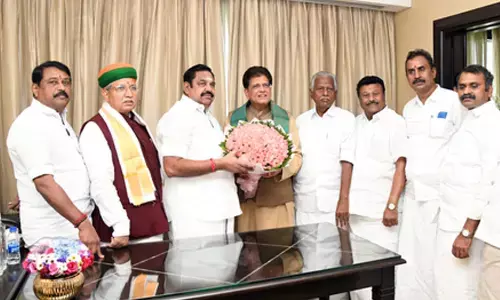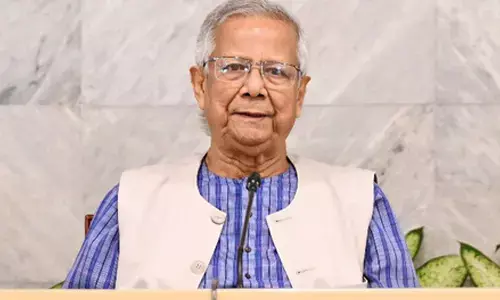Romance of King Yusuf Shah & Habba Khatoon comes to life in Pampore saffron bloom
Share :
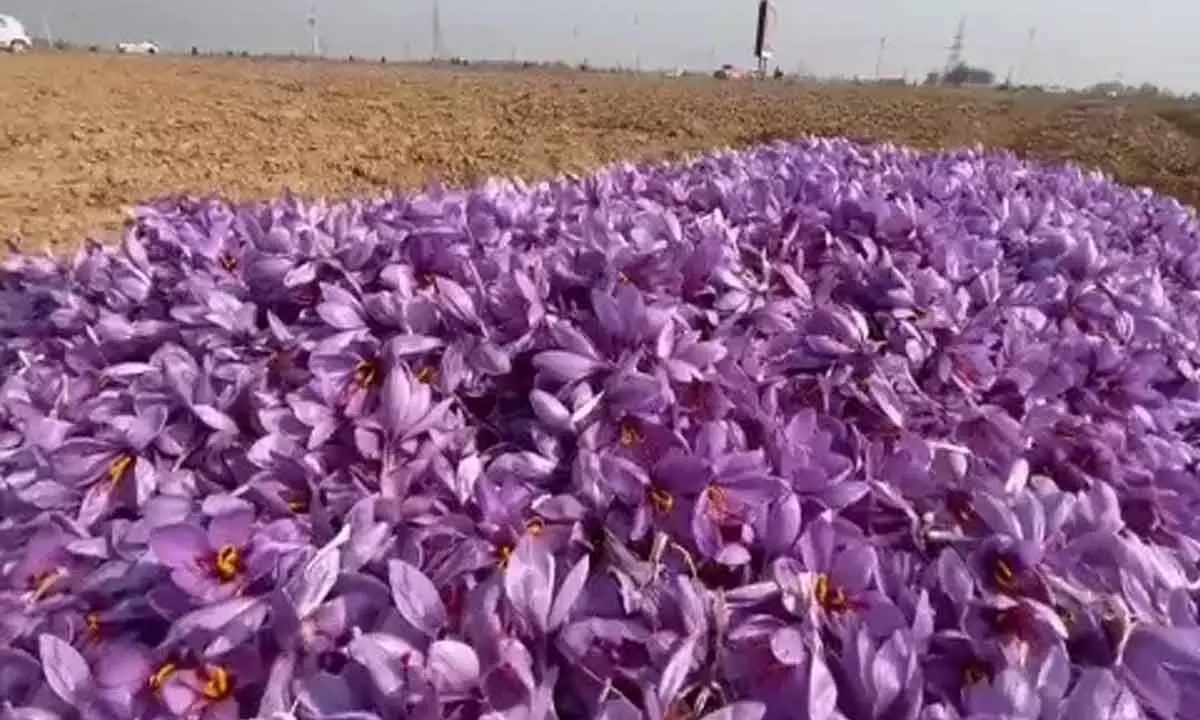
As flowers bring the saffron fields of Pampore in J&K’s Pulwama district to life, the memories of Kashmir’s last local king, Yusuf Shah Chak and his queen, Habba Khatoon rekindle the romance of the royal couple. Yusuf Shah Chak reigned Kashmir from 1578 to 1586.
He defeated the Mughal invasion twice and was deceptively invited for talks and imprisoned by Akbar. He was buried after his death in exile in 1592 in Bihar. The story of Yusuf Shah and his poetess Queen, Hanba Khatoun began in the saffron fields of Pampore.
Legend says that during late October, the king was watching the bloom of saffron flowers in these fields during a moonlit night when he heard a mesmerising song being sung a short distance away from where he stood watching the saffron bloom on his stallion.
He rode closer to the singer and was smitten by Cupid on first sight. Habba Khatoon had a melodious voice matched equally by the feminine charm that the king couldn’t resist. In the morning, he sent his Wazirs to find out the whereabouts of the poetess. She was married to an illiterate peasant who treated Habba Khatoon badly.
The peasant was summoned to the court and asked to divorce his wife, which he willingly did in exchange for a few gold coins. Yusuf Shah married Habba Khatoon and made her his queen. She was to Yusuf what Noor Jahan was to the Mughal emperor, Jahangir. She became Yusuf’s companion and advisor and historical records suggest that the queen wielded considerable influence on the king’s decisions. She was born in a small village in Chandhara village near Pampore town.
Her real name was ‘Zoon’ which in Kashmiri language means the ‘moon’. According to oral tradition, she was called Zoon because of her great beauty. Although a peasant, she had learnt how to read and write from the village preacher. She was called the 'Nightingale of Kashmir' because of her melodious voice. After her husband’s exile, she wandered in the wilderness and finally became an ascetic before her death in 1609. Each year, the memories of the royal couple come to life when the saffron flowers bloom in the Pampore fields.
The saffron flowers come to bloom in the month of October. The petals are red-orange in colour while each flower has a vividly crimson coloured stigma. Saffron spice is derived from the stigmas and the styles of the flowers. The vivid crimson stigma and styles, called threads, are collected and dried for use mainly as a seasoning and colouring agent in food. Although some doubts remain on its origin, it is generally believed that saffron originated in Iran.
However, Greece and Mesopotamia have also been suggested as the possible regions of origin of this plant. Saffron crocus slowly propagated throughout much of Eurasia and was later brought to parts of North Africa, North America and Oceania. Saffron flowers have a sweet, almost honey-like fragrance.
Each plant bears up to four flowers and each flower sports a red stigma. An average of 30 mg saffron can be yielded from a freshly plucked saffron flower. Saffron is a powerful spice high in antioxidants. It has been linked to health benefits such as improved mood, libido, and sexual function as well as reduced PMS symptoms and enhanced weight loss.
Best of all, it is generally safe for most people and easy to add to your diet. In order to improve the lot of the saffron growers, the Government of India introduced the saffron mission. The mission was launched as a part of the Rashtriya Krishi Vikas Yojana (RKVY). The mission aimed at improving the socio-economic status of the people living in Kashmir given that over 30,000 people in this union territory are engaged in saffron cultivation.
The National Mission on Saffron was introduced with the intention of boosting saffron productivity in Jammu and Kashmir, considering that India is the second largest producer of saffron in the World. The mission set forth several objectives like improving the soil quality, adopting scientific methods, enhancing the irrigation system, acquainting farmers with technology, testing the quality of produced saffron and adapting to weather changes.
Kashmir Saffron got the GI tag in 2022 and one now needs to spend more than the price of silver to enjoy the exotic taste of Kashmiri saffron. The price of saffron from Kashmir rose significantly from Rs 2 lakh per kg to Rs 3 lakh per kg in a single year after the crop got GI tag. One has to pay around Rs 3,250 for 10 gms of Kashmiri saffron which equals to the price of 47 gms of silver.
The main reason for the sharp rise in Kashmir Saffron is its acknowledgment by the Indian government. Kashmiri Saffron is the only GI tagged saffron in the World. As growers look at the saffron bloom in Pampore fields, the prospect of a booming crop creates a magic in their eyes. Perhaps the same that kindled the eyes of King Yusuf Shah when he looked at his Queen Habba Khatoon during one such late October night.










